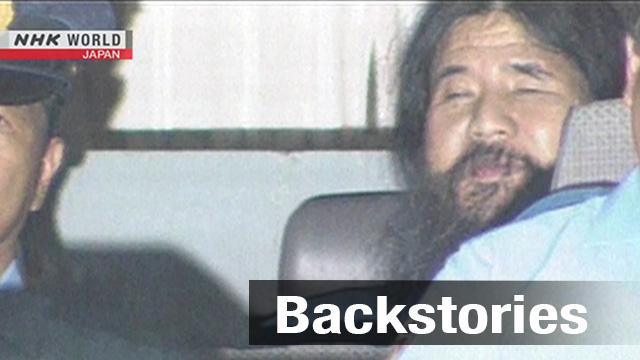Shoko Asahara, whose real name was Chizuo Matsumoto, had been on death row for more than a decade after being convicted of murder and other crimes. He was 63 years old.
12 other cult members of Aum Shinrikyo were also sentenced to death for their involvement in a series of crimes that left 29 people dead. That includes the release of sarin gas on Tokyo subway trains in March of 1995. The attack alone killed 13 people and injured more than 6,000. Out of the 12, half were also executed.
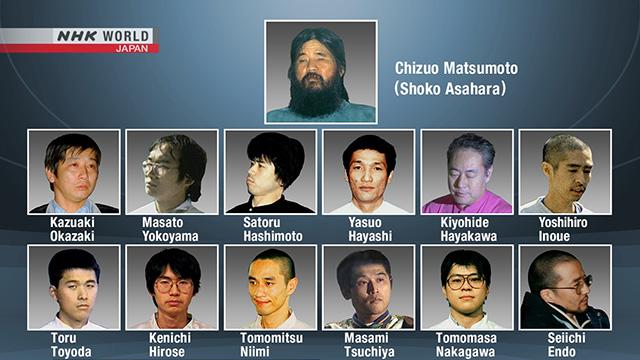
Kiyohide Hayakawa was a close aide to the leader. He helped expand the cult's membership worldwide. Hayakawa was involved in the murder of a lawyer who was critical of the group.
Yoshihiro Inoue joined the cult as a high school student. He played a role in attacks using nerve agents sarin and VX.
Tomomitsu Niimi was held responsible for killing a total of 26 people in 11 different incidents.
Masami Tsuchiya was central to the cult's development of chemical weapons, including sarin and VX nerve agents.
Tomomasa Nakagawa was a personal doctor and close aide to the Matsumoto. Nakagawa was held responsible for the deaths of 25 people in 11 different incidents.
Seiichi Endo produced the sarin that was used in the subway attack. He was also involved in another deadly sarin gas attack in central Japan in 1994.
It marks the first time members of the cult have been executed.
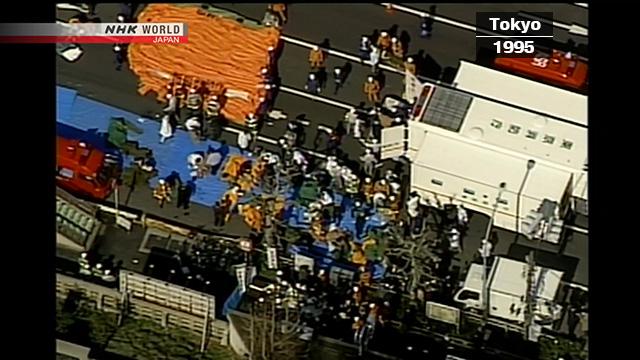
History of the cult
Matsumoto started Aum Shinrikyo as a yoga school in 1984. It was officially registered as a religious organization in 1989. Matsumoto claimed he had supernatural powers and could float in the air.
Membership spiked... attracting thousands.... including well-educated young people wanting mystical experiences. At its peak there were more than 11,000 followers in Japan and many more worldwide. It didn't take long before there were red flags.
Families of members tried to convince their loved ones to leave the cult. They were worried relatives were being brainwashed and forced to turn over money and property to become full-time, live-in members.
In 1989 came a suspicious disappearance. Lawyer Tsutsumi Sakamoto, who had been helping families of cult members, went missing along with his family. An Aum Shinrikyo badge was found at their home.
Matsumoto said "We have nothing to do with what happened to the lawyer, Sakamoto. You media are saying things without investigating. Give the evidence and prove it."
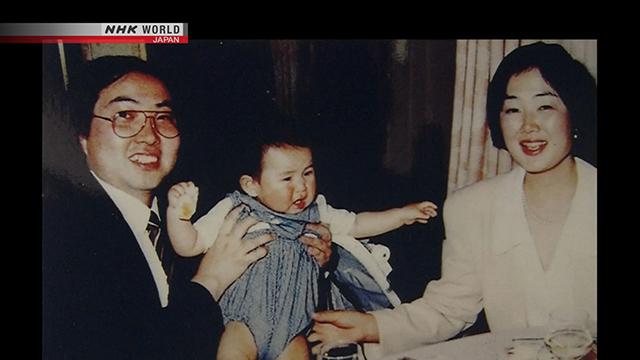
In 1990 Matsumoto and other Aum members ran for the Diet but were crushed at the ballot boxes.
Matsumoto then started to arm what had become a doomsday cult. He told members they needed to survive the approaching Armageddon and ordered them to build up an arsenal of weapons and make deadly nerve agents like sarin and VX.
They used sarin gas in a residential part of Matsumoto city in 1994. 8 people died and over 140 were injured.
The following year, members abducted a man who was trying to get his sister to leave the cult. The fingerprint of an Aum follower was detected in a vehicle used to abduct the man. He died while in confinement.
By 1995 police were closing in on the group and in an attempt to upend an investigation into their activities.
Aum Shinrikyo launched a terror attack on Tokyo. Members released sarin gas at several locations in the subway system during morning rush hour. It was the world's first indiscriminate chemical terror attack. In a country with a reputation of being a safe place to live, it left people in a state of shock and fear.
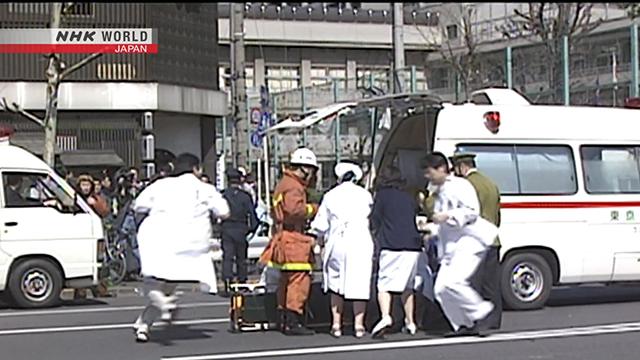
Two days after the attack, police stormed the cult's compound in central Japan and other facilities across the country.
A massive investigation led to the indictment of about 200 people on a slew of charges, including carrying out both gas attacks and the killing of Sakamoto and his family. But some suspects fled and spent more than a decade on the run before being apprehended.
Matsumoto was arrested after two months. He was found hiding in a secret room in a building owned by the cult. The leader and 12 of his followers were sentenced to death. The series of trials continued until January this year.
In court, Matsumoto denied involvement. He later stopped testifying and has never explained the motivation behind the attacks. The arrests did not stop Aum Shinrikyo splinter groups from operating. They have about 1,650 members.
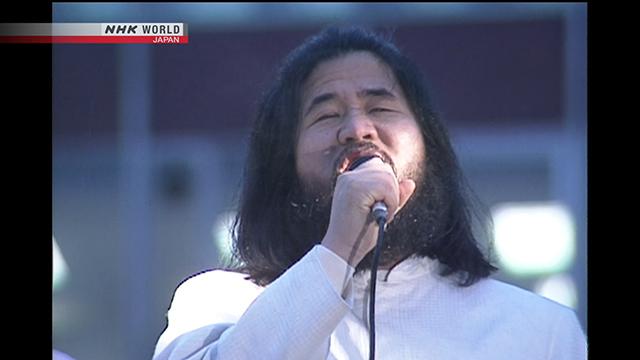
Member profiles
Kiyohide Hayakawa
Hayakawa was a close aide to Aum Shinrikyo's leader, and helped expand the cult's membership worldwide. He was in charge of acquiring land and building facilities. Hayakawa did not play a role in the subway attack, but was on death row for other crimes committed by the cult, including the murder of a lawyer and his family.
At trial, he admitted to the charges, but argued the death penalty would be too severe because he couldn't disobey his leader's orders. His death sentence was finalized in 2009.

Yoshihiro Inoue
Inoue joined the cult as a high school student and was a close aide to its leader. He was held responsible for the deaths of 15 people in a number of crimes committed by Aum Shinrikyo. They include attacks using nerve agents sarin and VX. The sarin gas released on Tokyo subway trains killed 13 people and injured more than 6,000.
At trial, Inoue testified that the subway attack was ordered by the cult's leader. He also repeatedly expressed remorse. His death sentence was finalized in 2009.
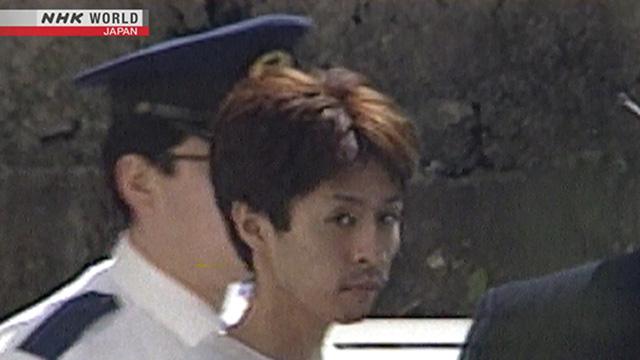
Tomomitsu Niimi
He was indicted for killing a total of 26 people in 11 different incidents. They include the murder of a lawyer and his family... a deadly nerve gas attack in central Japan.... and the sarin attack on the Tokyo subway system. That terror attack killed 13 people and injured over 6,000.
In his trial, Niimi tried to justify his actions, saying he carried out the attacks to save the victims' souls. But he also argued he was only following the cult leader's instructions. His death sentence was finalized in 2010.
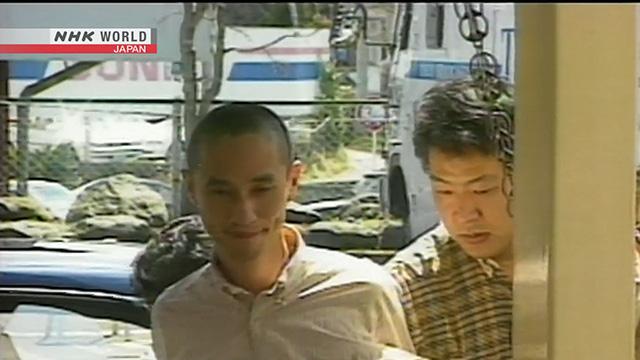
Masami Tsuchiya
Tsuchiya joined the Aum Shinrikyo cult while he was studying chemistry at graduate school. He was central to the cult's development of chemical weapons, including sarin and VX nerve agents. Those chemicals were used in a series of crimes, including the subway attack that killed 13 people and injured more than 6,000. Tsuchiya was convicted of murder and other offences in 7 cases.
In court, he admitted to making the nerve agents, but claimed to have had no knowledge of how they would be used. His death sentence was finalized in 2011.
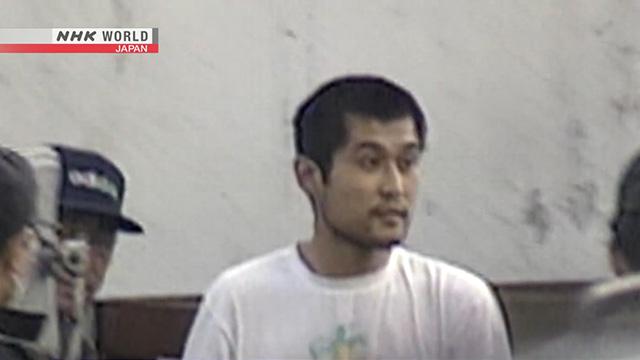
Tomomasa Nakagawa
Nakagawa joined Aum Shinrikyo as a medical student and became a personal doctor and close aide to the cult's leader. He was held responsible for the deaths of 25 people in 11 different incidents. They include the murder of a lawyer and his family.... a deadly nerve gas attack in central Japan.... and the sarin attack on the Tokyo subway system. Nakagawa played a part in producing the deadly gas used in that attack which killed 13 people and injured over 6,000.
At his trial, he admitted to his involvement in most of the incidents and apologized to victims and their families. His lawyer argued he'd had a psychological disorder and had been unable to tell right from wrong. But his death sentence was finalized in 2011.
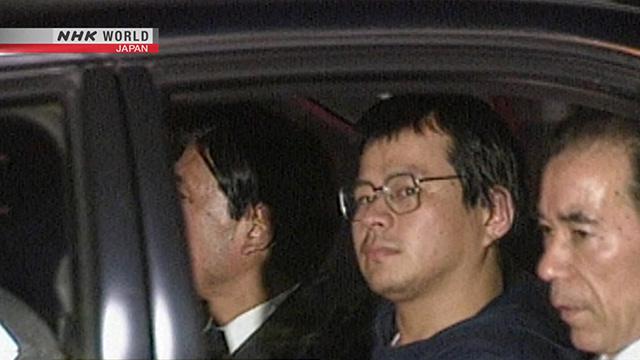
Seiichi Endo
Endo joined the Aum Shinrikyo cult while he was studying viruses at graduate school. He produced the sarin nerve agent that was used in the Tokyo subway attack. It killed 13 people and injured more than 6,000 others. He was also involved in another deadly sarin gas attack in central Japan, staged in 1994.
During his trial, Endo admitted to producing sarin, but he claimed he had no knowledge of what it would be used for. His defense counsel argued he had been brainwashed by the cult leader and not capable of knowing right from wrong. His death sentence was finalized in 2011.
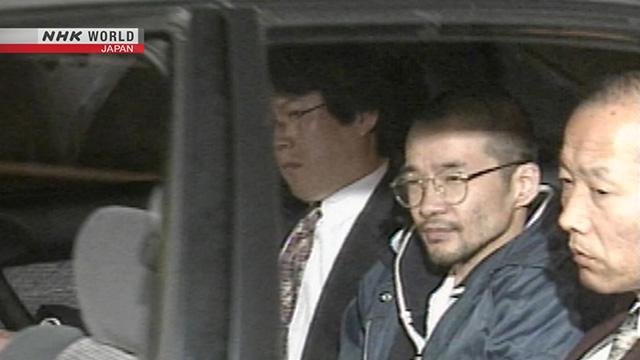
In Japan, capital punishment is often not carried out if the convict's accomplices are still on the run or on trial because the convicts could be needed to testify at court. All of the cult members' criminal trials ended this January, paving the way for their executions.
"It's finally here."
Shizue Takahashi lost her husband in the attack. She is now a representative for a victim support group.
"I knew this day would come, so all I feel now is that it's finally here," she says. "I do wish we could hear what they have to say, so we can prevent terror attacks from happening. We can't do that now so there's a sense of regret in that respect."
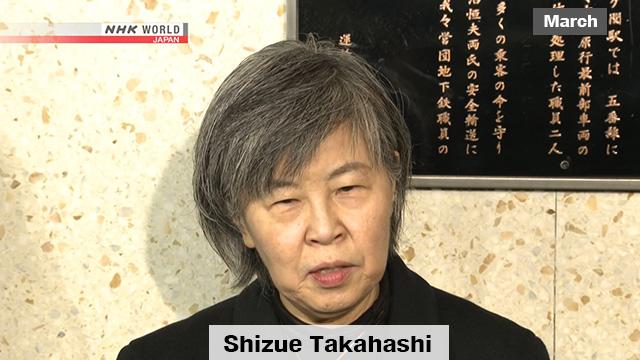
Shoko Egawa is a freelance journalist who's covered Aum Shinrikyo for years. She says she's worried about the effect executing Shoko Asahara and his disciples at the same time will have.
"I have long thought that Shoko Asahara should be the first to be executed, so I think a majority of people will support his execution," she says. "But, I've said I didn't think his disciples should be executed at the same time. That's because their followers may believe Asahara and the others executed with him sacrificed their lives as martyrs and they were all deified together."
